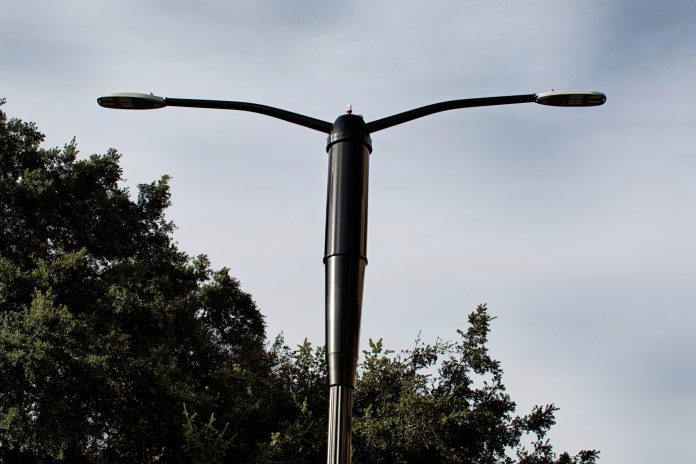A lot of early smart city-type projects have involved leveraging pole sites as platforms for new infrastructure and services. For instance, poles can serve as a platform for small cells, as an interface for city services, and as a location for internet of things sensors that detect things like air quality or pollution levels. Working with Ericsson, Landmark Infrastructure Partners, which buys properties associated with telecom, energy and other types of critical infrastructure, is using poles to serve as the framework for an “IoT microgrid.”
Landmark Dividend CEO Tim Brazy said the “microgrid ecosystem” will create value for customers. “As data consumption continues to grow exponentially and the widespread adoption of the IoT unfolds, expanding and densifying existing network infrastructure will be critical to wireless service providers.”
The Zero Site lamp pole solution is described by Ericsson as a route for municipalities and property owners increase revenues, transition to more sustainable LED lighting, and as a platform for connectivity and connectivity services. Another potential advantage is the ability for “bulk site acquisition” and “mass deployment.” For instance, if a carrier wants to deploy 100 small cells in a downtown area, it’s a lot easier to sign one agreement with the city to co-locate equipment at existing pole sites than it is to work with multiple utility stakeholders on pole location agreements.
Landmark and Ericsson said they will deploy Zero Site as well as cloud, core, backhaul and IoT solutions beginning immediately at sites across North America.
Eric Boudriau of Ericsson said, “This contract is an excellent example of how industrialized IoT use cases between utilities and telcos open up new business models and unleash new opportunities in a growing renewable energy market. It is fully aligned with Ericsson’s strategy and expansion of business into a new industrial segment while using existing telecom and IoT assets for the betterment of society through a focus on sustainability.”

